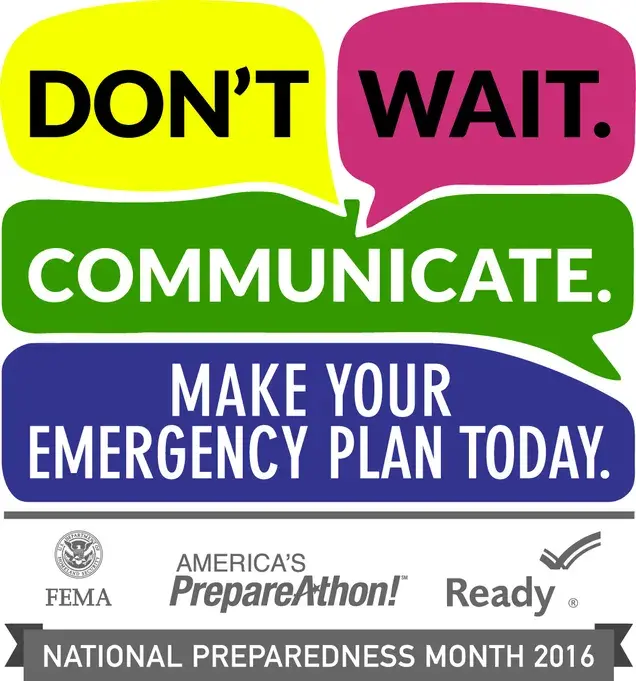This spring, the Federal Emergency Management Agency issued its 2016 National Preparedness Report which evaluates core capabilities of U.S. government agencies tasked with providing emergency preparedness and response. The findings monitored progress from the last five years with a primary focus on five mission areas: prevention, protection, mitigation, response, and recovery. The report highlighted several Department of Homeland Security (DHS) initiatives, programs and case studies that demonstrate the Department’s interagency collaborative efforts and cross-discipline programs to better prepare emergency first responders for a wide range of situations.
The report highlighted several Department of Homeland Security (DHS) initiatives, programs and case studies that demonstrate the Department’s interagency collaborative efforts and cross-discipline programs to better prepare emergency first responders for a wide range of situations.
The shared intelligence will allow emergency managers to build on lessons learned and identify a path forward. For example, DHS and interagency partners continue to build on work that began in 2012 to enhance the capabilities of the National Network of Fusion Centers to collect and share intelligence between fusion center customers.
Recognizing the importance of countering community recruitment into radicalized organizations, DHS, the National Counterterrorism Center, and the Federal Bureau of Investigation have sponsored Counterterrorism Awareness workshops to train first responders across the country on strategies for preventing and responding to complex terrorist attacks. The cumulative number of workshops has increased from six in 2011 to 22 in 2015.
DHS’s “If You See Something, Say Something” campaign has continued to raise public awareness of indicators of potential terrorism and crime. In 2015, DHS launched new Web-based messaging materials to further increase public awareness.
In addition to preventative measures focused on counterterrorism and law enforcement, DHS has also been working to plan for post-disaster response. The Regional Resiliency Assessment Program carries out assessments of critical infrastructure systems in different geographic regions. The National Protection and Programs Directorate and stakeholder partners have completed 27 assessments since 2012 that identified critical infrastructure capability gaps. DHS is continuing to study how the assessment process can be applied to other crucial issues, such as climate change, cybersecurity and electromagnetic-pulse preparedness.
In October 2015, DHS sponsored the 12th annual National Cyber Security Awareness Month to engage the public and private sector and increase resilience to cyber threats. More than 140 events took place across the country in 2015, a 16 percent increase from 2014.
The 2016 National Preparedness Report illustrates how critical cooperation is for all levels of government to plan, sustain and deliver the core capabilities needed to address the many emergency challenges. If you have questions about the report, please contact NPR@fema.dhs.gov
Archived Content
In an effort to keep DHS.gov current, the archive contains outdated information that may not reflect current policy or programs.Responder News: 2016 National Preparedness Report Highlights Emergency Response Collaboration
Release Date: September 12, 2016
Last Updated: 01/12/2023
